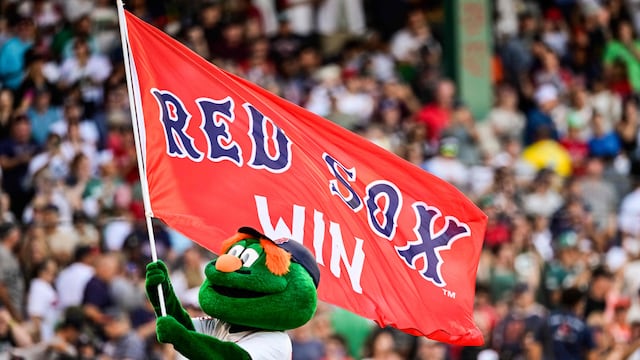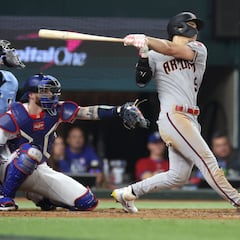Just three years into the new(ish) 12-team playoff format, there are still some questions amongst baseball fans about what happens when things get sticky.

MLB playoff format explained: Making sense of baseball’s postseason’s seeds, Wild Card round, etc.

The crack of the bat still echoed through empty stadiums when Major League Baseball decided it was time for a change. The old postseason system, with its single-elimination Wild Card game, had served its purpose since 2012, but it was clear that more excitement - and more teams - needed to be part of October baseball. So, in 2022, MLB expanded the playoffs, turning a 10-team system into a 12-team fight for glory, tweaking the rules enough to keep every fan on their toes.
Gone were the days when a 162-game season could hinge on a single do-or-die Wild Card game. Now, it’s a best-of-three Wild Card Series, where one bad night doesn’t mean the end of the road. That’s right - six teams from each league now get a shot at the postseason. The three division winners lock in their spots, while three Wild Card teams, those who didn’t quite take their divisions but fought hard enough to stay alive, fill out the rest.
Of course, not all playoff berths are created equal. Teams get seeded based on how they performed during the regular season. The top seed goes to the club with the best record in the league. Next, the second-best division winner grabs the No. 2 spot, and the third-best division champ lands at No. 3. After them, it’s the Wild Card teams - the best of the rest - taking the No. 4, 5, and 6 seeds.
THE FIELD IS SET! 🍿
— FOX Sports: MLB (@MLBONFOX) September 28, 2025
RT if your team will be playing October baseball! pic.twitter.com/VDTLjEVLMZ
Here’s where things get interesting: the top two seeds, Nos. 1 and 2, don’t even have to play in the Wild Card round. They get to sit back, resting their pitching arms and planning for the Division Series. Meanwhile, the No. 3 seed squares off against the No. 6 seed, and the No. 4 seed hosts the No. 5 seed. All Wild Card games take place at the higher seed’s home ballpark, keeping things as straightforward as possible. Three games. Three days. No fussing with cross-country flights or long layovers for the division winners.
Still, the purists might have one question: “What if a Wild Card team has a better record than a division winner?” Doesn’t matter. In MLB’s eyes, if you win your division, you’ve earned your spot above the Wild Card chaos, no matter how many games the second-place team won.
Once the Wild Card round wraps up, things move on to the Division Series. But there’s no reshuffling of matchups. The No. 1 seed will face the winner of the No. 4 vs. No. 5 Wild Card series, while the No. 2 seed takes on whoever survives between the No. 3 and No. 6 teams. The bracket is locked, and the road to the World Series is set.
Speaking of that road, if you’re wondering whether the Division Series format has changed, it hasn’t. It’s still the same best-of-five series we’ve known for years, with a 2-2-1 home-field format favoring the higher seed. The League Championship Series and World Series rounds keep their best-of-seven format, too, following the familiar 2-3-2 setup.
Welcome to the #Postseason pic.twitter.com/Uw8ktJSfnF
— FOX Sports: MLB (@MLBONFOX) September 30, 2025
But what about the tiebreakers? The drama of a winner-take-all Game 163, which had settled division races in years past, is no more. Now, everything’s sorted out mathematically. Head-to-head records are the first step in settling any ties, followed by intra-division and inter-division records if things are still too close to call.
Related stories
As for the ultimate showdown - the World Series - home-field advantage no longer rides on the old All-Star Game system. It’s simple now: the team with the better regular-season record gets the edge. And if both teams finished with the same record? It’s back to the tiebreaker system, with head-to-head results and other factors deciding who hosts Game 1.
The expanded postseason format has brought more teams, more games, and more hope to fans across the league. It’s a new era for Major League Baseball, where the path to the World Series is as thrilling as ever - whether you’re a top seed or one of those scrappy Wild Card teams hoping to upset the big boys.


Complete your personal details to comment